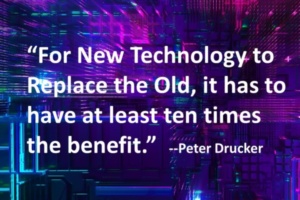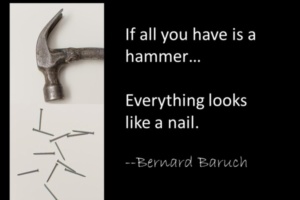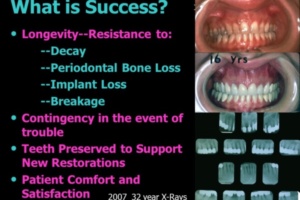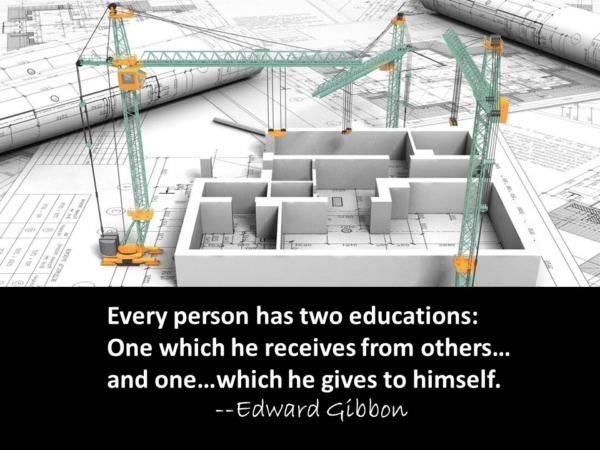
Clinging to Dogma in the Face of Challenging Evidence
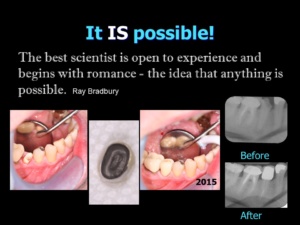 I was at a study group meeting last week affiliated with a well-known institute. A case was shown, and everyone agreed with the instructor that teeth with no clinical crowns should be restored with buildups or posts. That is, everyone except me. I pointed out that posts and buildups are not retentive, and posts can actually do harm to teeth by setting them up for fracture. When crowns and bridgework fail, you can bet your bottom dollar that the posts are going to come out with the restoration. I informed them that I gave up doing buildups and posts years ago because they don’t work, can cause harm, and are actually a waste of time.
I was at a study group meeting last week affiliated with a well-known institute. A case was shown, and everyone agreed with the instructor that teeth with no clinical crowns should be restored with buildups or posts. That is, everyone except me. I pointed out that posts and buildups are not retentive, and posts can actually do harm to teeth by setting them up for fracture. When crowns and bridgework fail, you can bet your bottom dollar that the posts are going to come out with the restoration. I informed them that I gave up doing buildups and posts years ago because they don’t work, can cause harm, and are actually a waste of time.

I can feel the stares like “daggers.” They must be thinking “Who do you think you are?” and “Where do you come off to make such an outrageous statement?” “We make money by charging for posts and buildups—we need that reimbursement from dental insurance companies!”
Everyone in the room is too shocked by my audacity to ask “Well, how in the hell do you restore them?” “Orthodontic extrusion?” No. “Crown lengthening?” Sometimes, but only a minimal amount—certainly not the amount necessary to create a clinical crown.
When practitioners are just about to accuse me of lying, I whip out my trusty box of dies flush with the gingiva that I made crowns for. I have done thousands of these teeth with a high percentage of success. They stare at the dies in disbelief, unable to process what they are seeing.
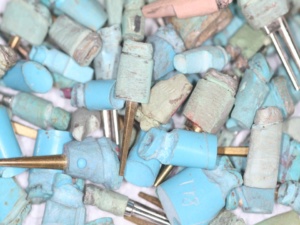

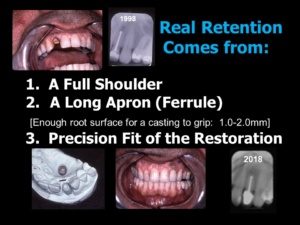 In the ONWARD paradigm “all that is needed to save teeth flush with the gingiva is a good grip on the root (adequate ferrule), a shoulder, and the precision fit of the casting on the prepared tooth.”
In the ONWARD paradigm “all that is needed to save teeth flush with the gingiva is a good grip on the root (adequate ferrule), a shoulder, and the precision fit of the casting on the prepared tooth.”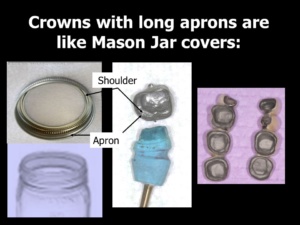 Truthfully, crowns and bridges fabricated according to the ONWARD protocol have an unmatchable track record of success and longevity. The restorations are not only are incredibly retentive; they protect the root surface from recurrent decay. Their design mirrors that of the Mason Jar cover, which is the best-known method of food preservation.
Truthfully, crowns and bridges fabricated according to the ONWARD protocol have an unmatchable track record of success and longevity. The restorations are not only are incredibly retentive; they protect the root surface from recurrent decay. Their design mirrors that of the Mason Jar cover, which is the best-known method of food preservation.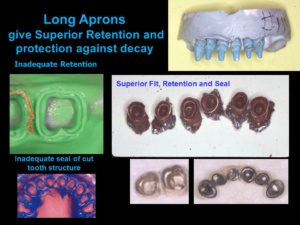 It is also a reality that getting impression material to the bottom of the sulcus with cord is almost impossible. All the impressions I see in presentations and in magazines are grossly inadequate in my opinion.
It is also a reality that getting impression material to the bottom of the sulcus with cord is almost impossible. All the impressions I see in presentations and in magazines are grossly inadequate in my opinion.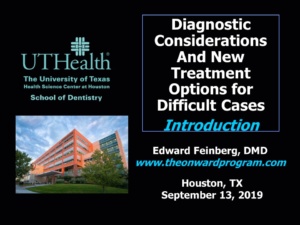 I gave a presentation to UT Houston Dental School a few years ago, and the meeting planners were really forward thinking. The presentation was dedicated to the memory of Dr. Jack Winston, a visionary in dentistry. What an honor it was to present at this memorial seminar! I will never forget the experience and the wonderful hospitality I experienced.
I gave a presentation to UT Houston Dental School a few years ago, and the meeting planners were really forward thinking. The presentation was dedicated to the memory of Dr. Jack Winston, a visionary in dentistry. What an honor it was to present at this memorial seminar! I will never forget the experience and the wonderful hospitality I experienced.